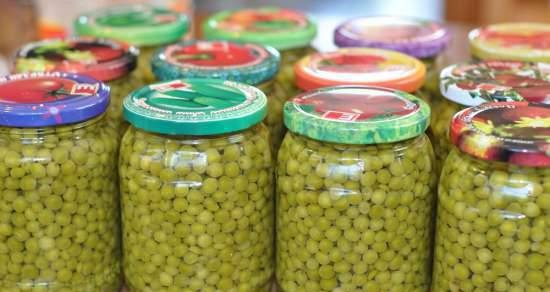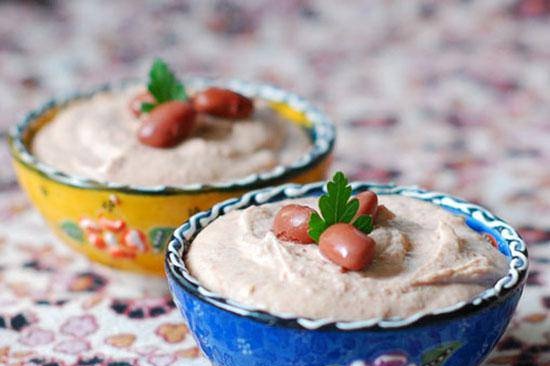Growing legumes |
|
Vegetable peas (shelling and sugar). For the cultivation of green peas, special varieties of peas with large, highly wrinkled so-called "Brain" seeds: "Wonder of America", "Thomas Laxton", "Albanian", "Mergert" and a number of others. For the cultivation of edible beans, sugar varieties are used that do not have a hard leathery lining on the bean flaps: "Bismarck", "Rostovsky", "Low sugar" and etc. The sowing of peas cannot be returned to the same plot earlier than after 5 years. You cannot sow peas next to the crop of the same name. The best precursors for peas are cabbage, potatoes and fertilized winter crops. The planting of second year testes should not be allowed as a predecessor. Peas work well on moisture-consuming, but well-drained soils, with a low standing of groundwater.
To overcome the seasonality of the marketable pea production, sowing of several varieties of peas of different maturity is used, or sowing is carried out at several times with intervals of 3-5 days. Seeds must be infected with nitragin before sowing. This increases the yield by 10-15%. Sowing with seed drills. To avoid crushing the seeds, the top seeding is set. Seeding rate per 1 hectare from 100 to sowing. The seeding depth is 6-8 cm on light and dry soils, and 3-4 cm on heavy and wet soils. Sowing method — for low-growing simultaneously ripening varieties of peas - continuous ordinary, and for medium and high non-simultaneously ripening varieties - ribbon. For band sowing, 5-6-7-line planting is recommended with 50-60 cm lanes between belts and 15 cm line spacing. For very tall pea varieties, stamens must be placed, therefore 4-line planting is used for these varieties. Sowing care consists in thorough loosening of the soil and a shelf of weeds. The paths between the belts are loosened by equestrian planets until the rows close. Shelves and loosening are done as needed from 2 to 5 times during the growing season.
The shell peas are harvested when the peas are poured, but still crushed by the fingers, and the lower beans begin to lose color slightly, but do not stick yet. Sugar peas are harvested in the "shoulder" stage when the beans have grown to full size, but the peas are still small and very young. Some sugar varieties: "Zhegalov's peas", "Inexhaustible" and "Lighthouse" designed specifically for harvesting at a later stage, when the beans are fully developed and the peas are full, but before the lower beans begin to dry. If beans are formed again after the first harvest, the harvest is repeated after 4-6 days. It is produced early in the morning, while it is cool. For sale, beans are transported in bags of no more than 15-20 kg, but preferably in baskets of the same capacity. Peas in large quantities get warm and spoil, especially if they are wet with dew or rain. It should be chilled in a glacier before transport and sheltered from the sun during transport. All this preserves the sugar content of the product. Sowing beans, leaving and harvesting are done in the same way as in the cultivation of peas. The seeding rate of beans is set in proportion to the size of the seeds, approximately 25-30 seeds per 1 square meter. m area.
During the formation and development of pea beans, beetles lay eggs on their surface. The larvae hatched from the testicles quickly gnaw into the pea beans, then into the young pea grains — one larva in each — and feed on them. Inside the pea, the larva turns into a pupa, and the latter, at the end of summer, into a beetle. Young beetles do not come out of the grain, but together with it they enter the granary, where they winter. In spring, beetles gnaw a hole in the grain, leave it. Sometimes the beetles do not come out of the grain until it is sown in the field. All seeds infected with bruchus and suspiciously infected by it (in latent form) are subjected to detailed research in the control-seed laboratory, both before disinfection of seeds and after destruction of the caryopsis. Control measures Pea seeds are dipped in a saturated saline solution. In this case, the affected seeds float to the surface of the water, they are removed and destroyed. After that, the remaining healthy seeds are washed in clean water, dried and sown. For large lots of peas, aeration is used. In addition, the following applies:
I. Osipov - Agroindication |
| Decorative and useful properties of the cuff | Beetroot |
|---|
New recipes
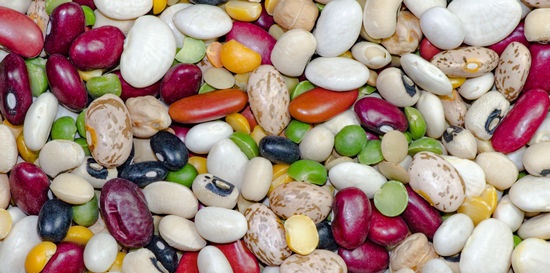 Vegetable legumes include shell peas, sugar peas, and beans. Legumes have a high calorie content and contain a lot of proteins, rich in carbohydrates and vitamins, especially anti-zingotic; in terms of nutritional value, they are in first place among other vegetables.
Vegetable legumes include shell peas, sugar peas, and beans. Legumes have a high calorie content and contain a lot of proteins, rich in carbohydrates and vitamins, especially anti-zingotic; in terms of nutritional value, they are in first place among other vegetables.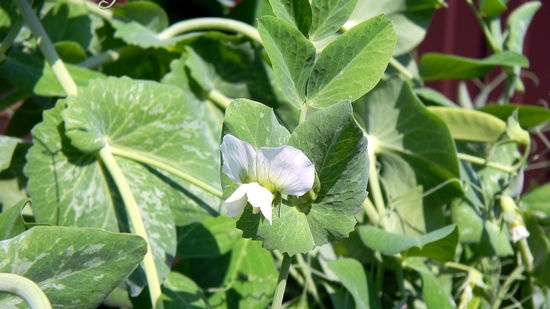 For vegetable peas, in all cases, phosphorus fertilizers are applied at the rate of 2.0-3.5 centners per hectare; it is good to make potash too — at the rate of 1.25-1.5 centners per hectare; on poor soils, nitrogenous ones are also used - at the rate of 2.0-2.5 centners per hectare.
For vegetable peas, in all cases, phosphorus fertilizers are applied at the rate of 2.0-3.5 centners per hectare; it is good to make potash too — at the rate of 1.25-1.5 centners per hectare; on poor soils, nitrogenous ones are also used - at the rate of 2.0-2.5 centners per hectare.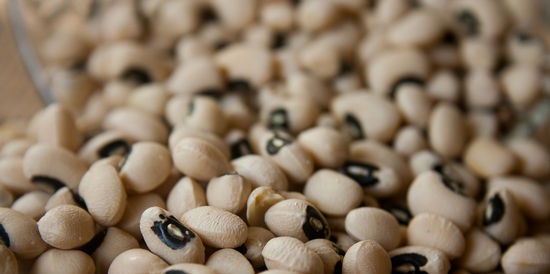 The collection of beans and peas, ripe for consumption, is done by hand, repeated several times in the summer, carefully so as not to pull out or damage the plants.
The collection of beans and peas, ripe for consumption, is done by hand, repeated several times in the summer, carefully so as not to pull out or damage the plants.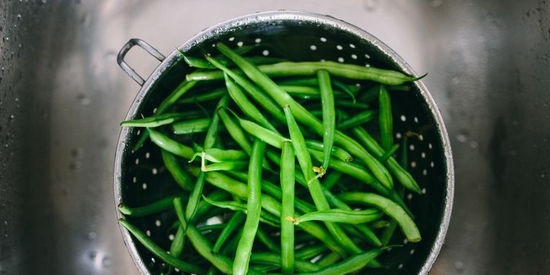 Pea pests. The main pest of peas is the pea weevil.
Pea pests. The main pest of peas is the pea weevil.